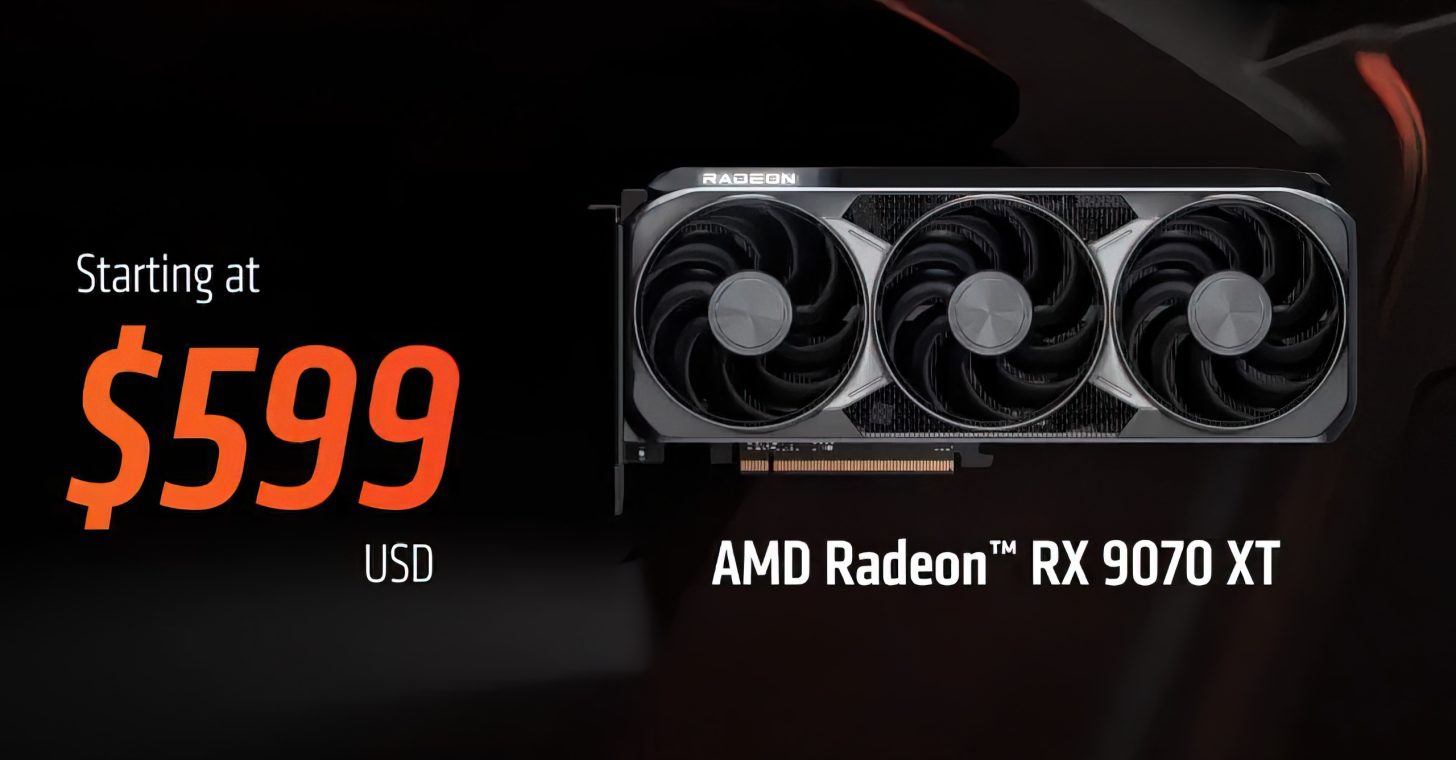AMD’s Radeon series, along with other GPUs, is set to experience a price surge due to increasing memory costs. This change is largely attributed to the rising demand for memory components driven by the AI sector, coupled with a stagnant production rate by DRAM manufacturers. As a result, consumers can expect significant price adjustments in the near future.
Price Increases for AMD Radeon Graphics
Recent reports suggest that AMD will be the first major GPU manufacturer to raise its prices, impacting products across its gaming “Radeon” lineup. This decision follows notifications sent to partners, alerting them about impending cost changes due to the escalating memory expenses. The price adjustments come after a previous increase in October, which was relatively minor and did not significantly affect the market price of AMD cards.
AMD Internally Notifies of Second GPU Price Increase
(Channel Gate, November 17, 2025, 12:04 PM, Shanghai) AMD GPUs already saw a price increase around October, but the increase was minor and not reflected in the cost of AMD cards. However, AMD recently announced internally that due to rising memory costs, a second price increase will be implemented. The specific implementation date has not yet been officially announced. AMD has clarified that due to a significant increase in memory procurement costs, the next shipment price for GPUs and memory will increase, with a larger increase potentially affecting all models. The specific amount and implementation time are not yet confirmed.
via Board Channels
Wider Implications for the GPU Market
The looming price hike is expected to affect the entire range of Radeon graphics cards, catering to consumer, workstation, and AI markets. Although the exact timeline for these changes remains unconfirmed, NVIDIA is reportedly planning similar price adjustments for early 2026. Both AMD and NVIDIA rely on DRAM products such as GDDR and LPDDR, making them susceptible to these cost increases.

Blame for these inflated costs largely falls on the DRAM sector, which has failed to scale production in response to the AI-driven demand surge. Consequently, the resulting shortages have forced GPU manufacturers to adjust their pricing strategies.
